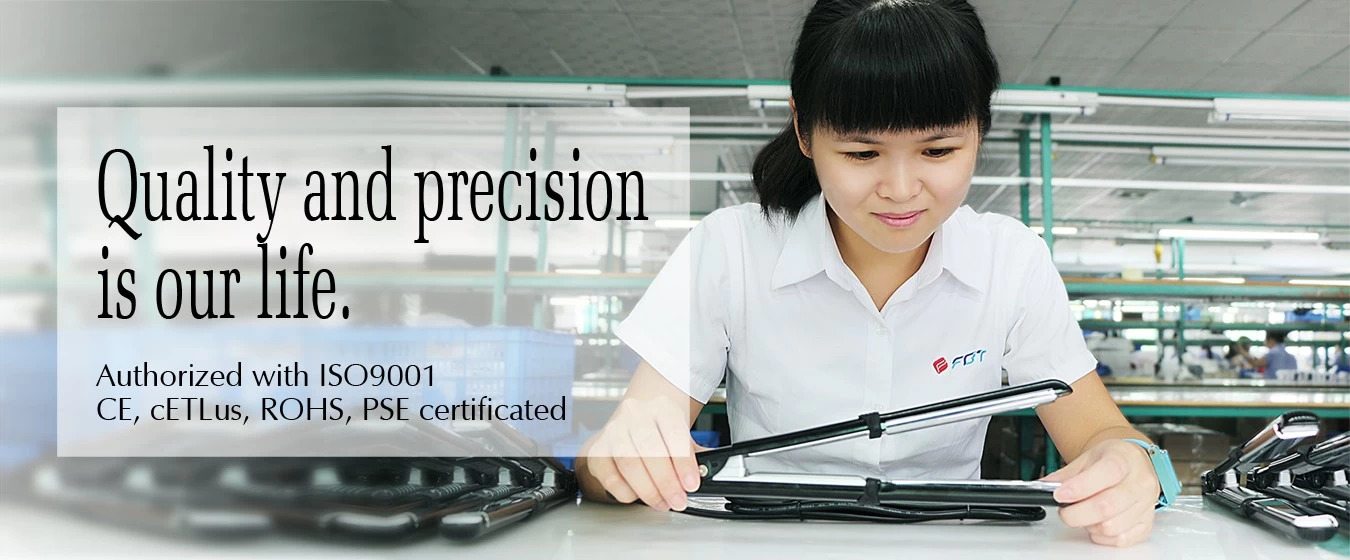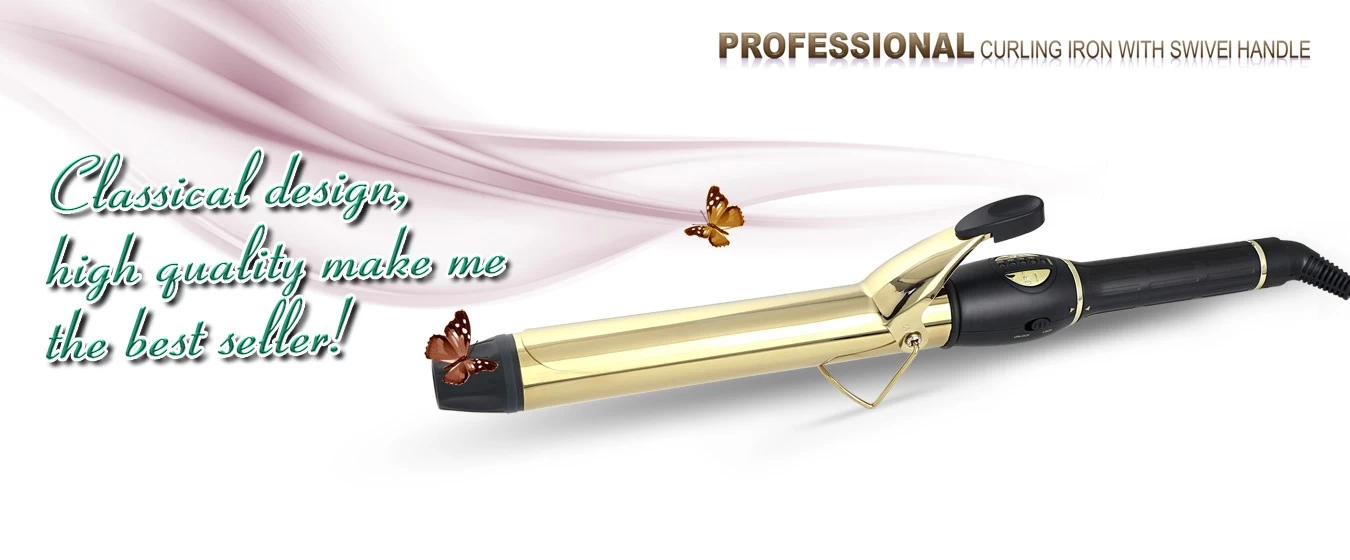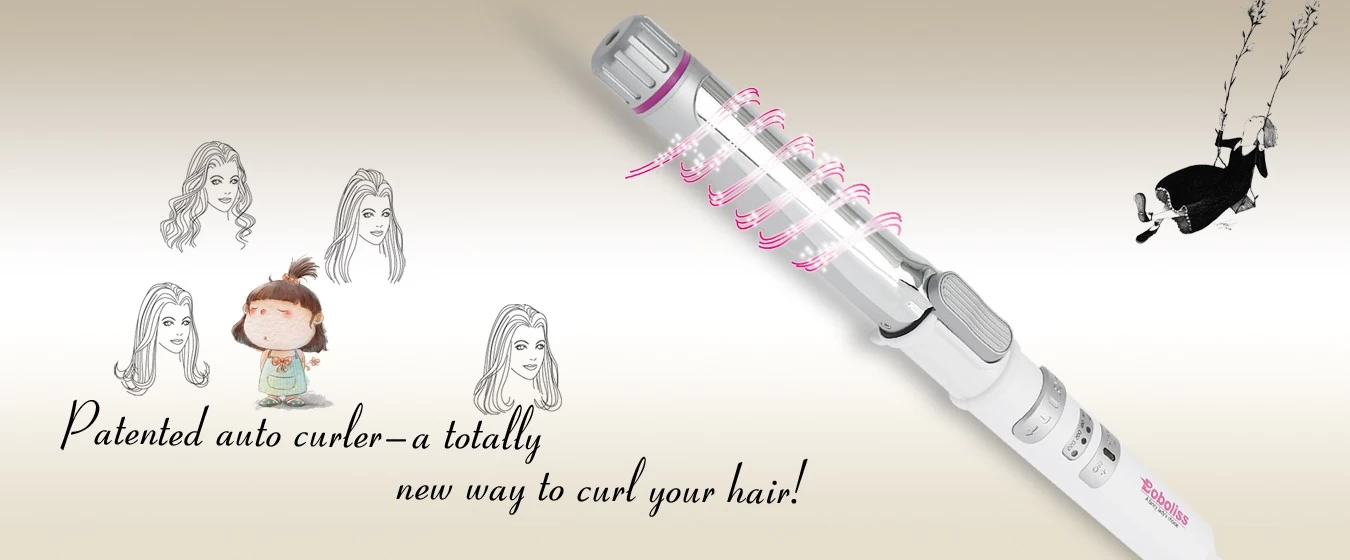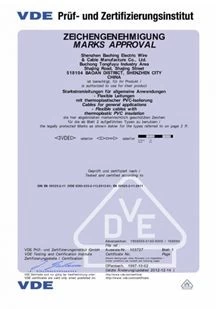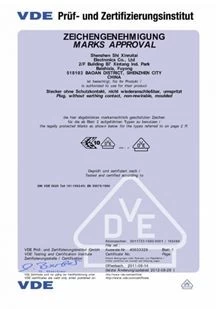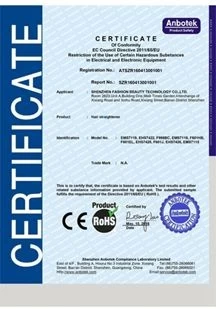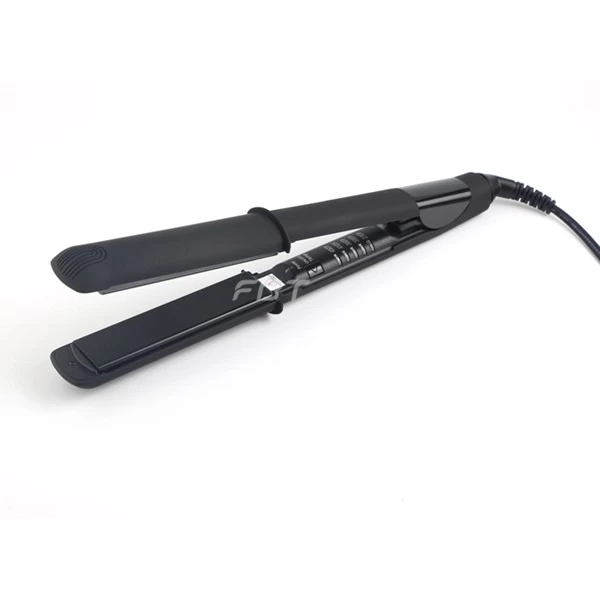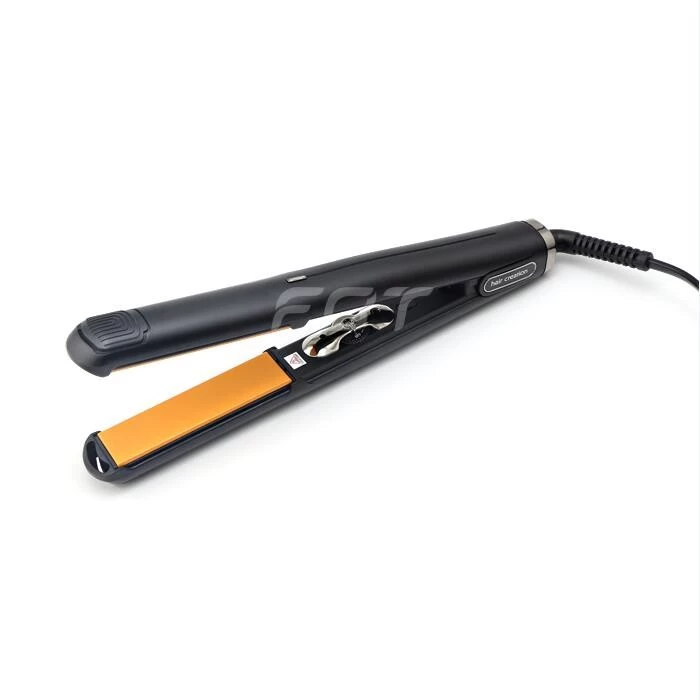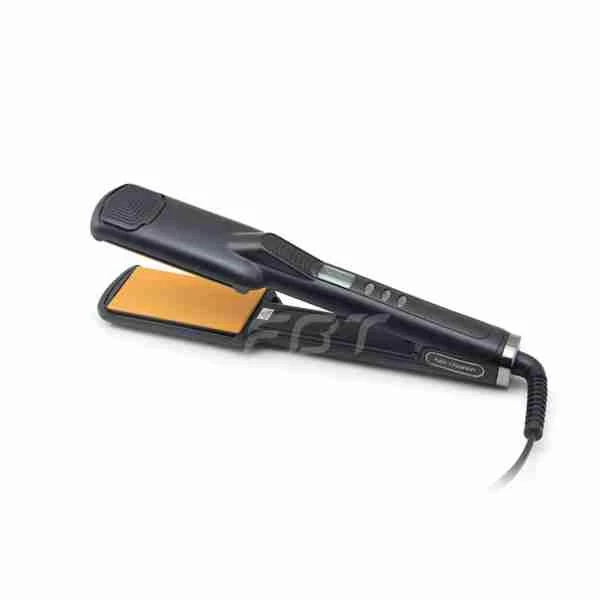The differences between the ceramic and ionic hair dryers
Liz
2017-08-30 14:28:44
In particular, we noticed some hair dryers are labeled “ionic” or “ceramic”.both can helps hair dry faster ,makes hair shinier and makes hair healthier. Now let us check the differences between the ceramic and ionic hair dryers.
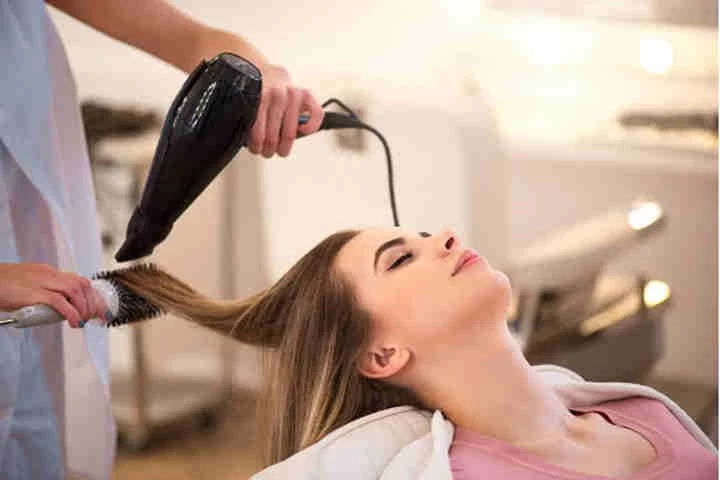
Ceramic hair dryers are a popular choice among women who dry their hair frequently. As the ceramic hair dryer uses ceramic heating elements to warm the air and create even, controlled heat. Traditional dryer heating elements are prone to uneven heating and significant variance in the temperatures. because the ceramic coils retain heat even when not actively being warmed and ceramic disperses heat evenly and stabilizes the temperature quickly. The material ensures better smoothness by sealing hair cuticles and controlling frizz, which is why it is great for women with weak, damaged and sensitive hair.Like traditional dryers, Ceramic hairdryers are ionic in nature, generate both positive and negative ions.so they discharge negative ions into the hair shaft, making your hair look fuller, bouncy, and shinier.
The ionic hair dryer works by generating predominantly negative ions which work to break down the water molecules on the hair. The negative ions also have the benefit of not opening the cuticle of the hair shaft, which helps the hair remain shiny and smooth, and lie flat. Because the negative ions work the way they do, an ionic dryer can dry the hair just as well as a regular or ceramic dryer using much less heat.
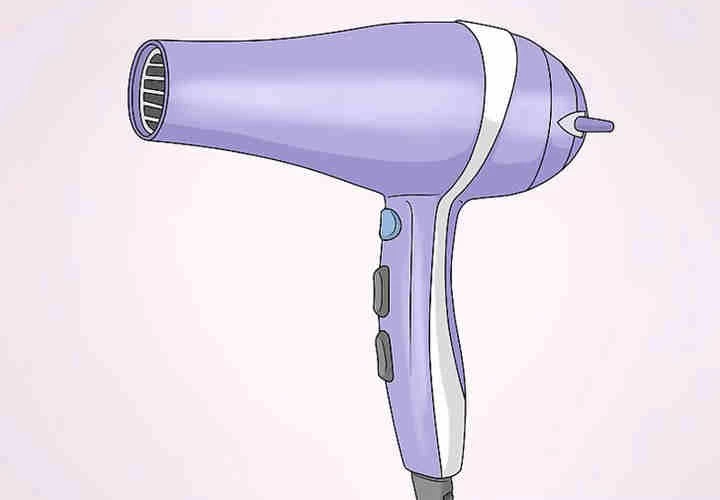
If the primary use of your blow dryer is as a hair tool to straighten your hair from a curly state, you may want a ceramic hair dryer, because you need the application of heat in order to affect the change in the physical side bonds. However, if your primary purpose for using a dryer is to dry a head full of curly hair (or excessively-thick straight and wavy hair), an ionic dryer is possibly your best bet since it will help to dry the hair faster without the frizz associated with traditional hair dryers.

Ceramic hair dryers are a popular choice among women who dry their hair frequently. As the ceramic hair dryer uses ceramic heating elements to warm the air and create even, controlled heat. Traditional dryer heating elements are prone to uneven heating and significant variance in the temperatures. because the ceramic coils retain heat even when not actively being warmed and ceramic disperses heat evenly and stabilizes the temperature quickly. The material ensures better smoothness by sealing hair cuticles and controlling frizz, which is why it is great for women with weak, damaged and sensitive hair.Like traditional dryers, Ceramic hairdryers are ionic in nature, generate both positive and negative ions.so they discharge negative ions into the hair shaft, making your hair look fuller, bouncy, and shinier.
The ionic hair dryer works by generating predominantly negative ions which work to break down the water molecules on the hair. The negative ions also have the benefit of not opening the cuticle of the hair shaft, which helps the hair remain shiny and smooth, and lie flat. Because the negative ions work the way they do, an ionic dryer can dry the hair just as well as a regular or ceramic dryer using much less heat.

If the primary use of your blow dryer is as a hair tool to straighten your hair from a curly state, you may want a ceramic hair dryer, because you need the application of heat in order to affect the change in the physical side bonds. However, if your primary purpose for using a dryer is to dry a head full of curly hair (or excessively-thick straight and wavy hair), an ionic dryer is possibly your best bet since it will help to dry the hair faster without the frizz associated with traditional hair dryers.

